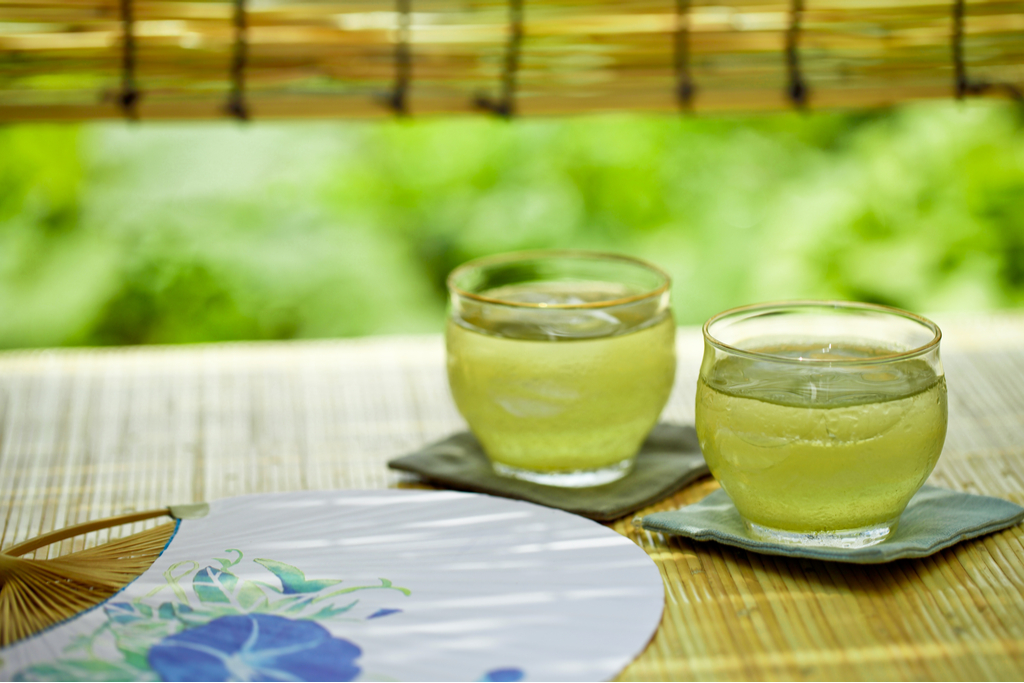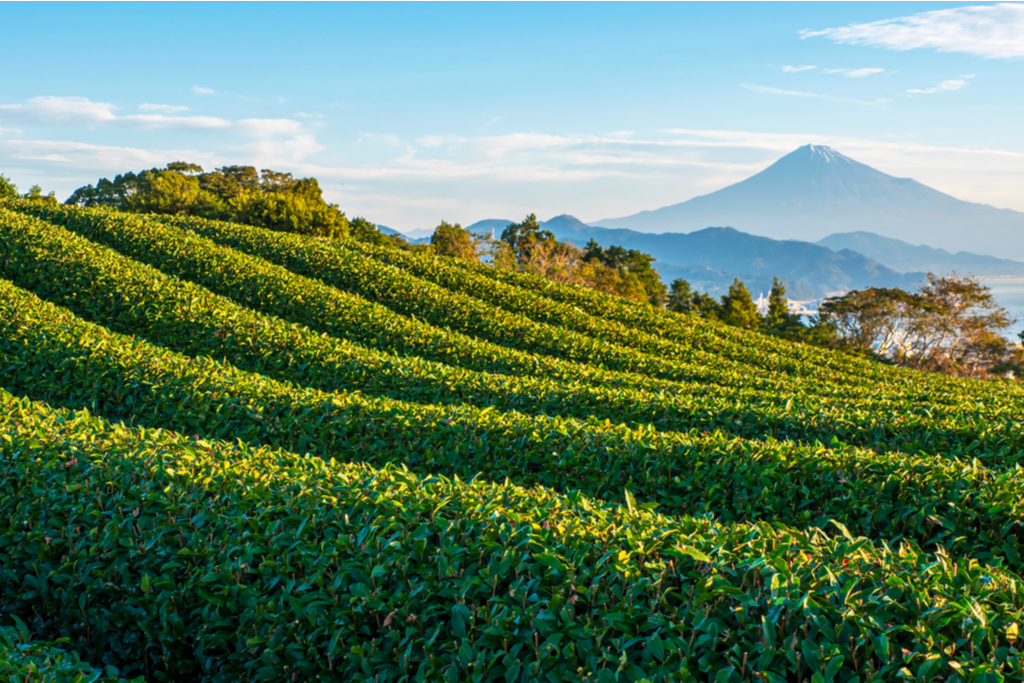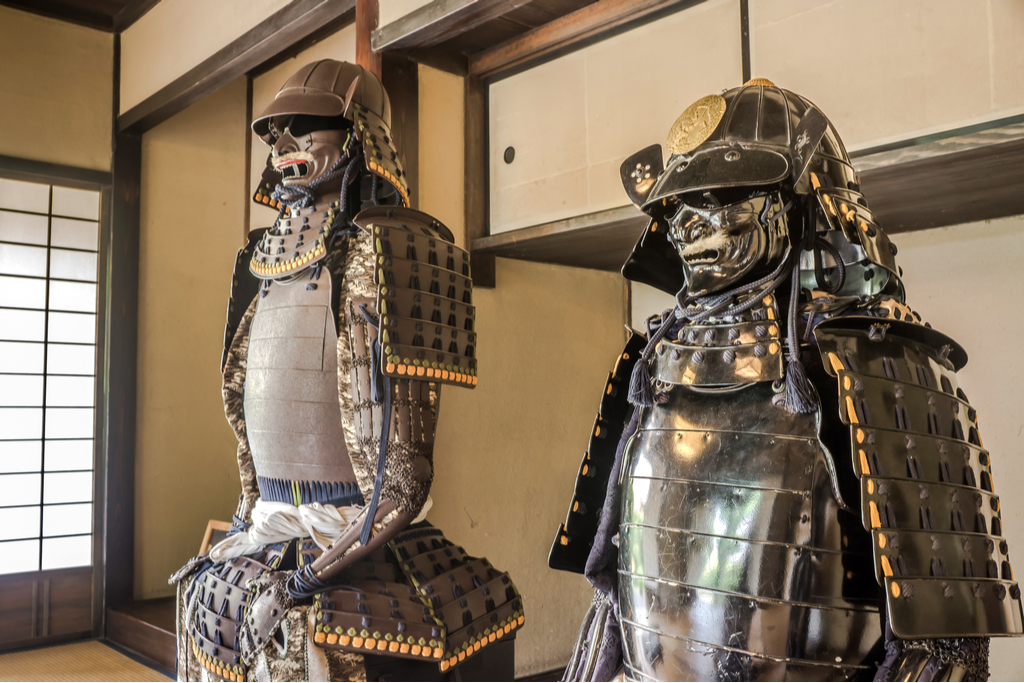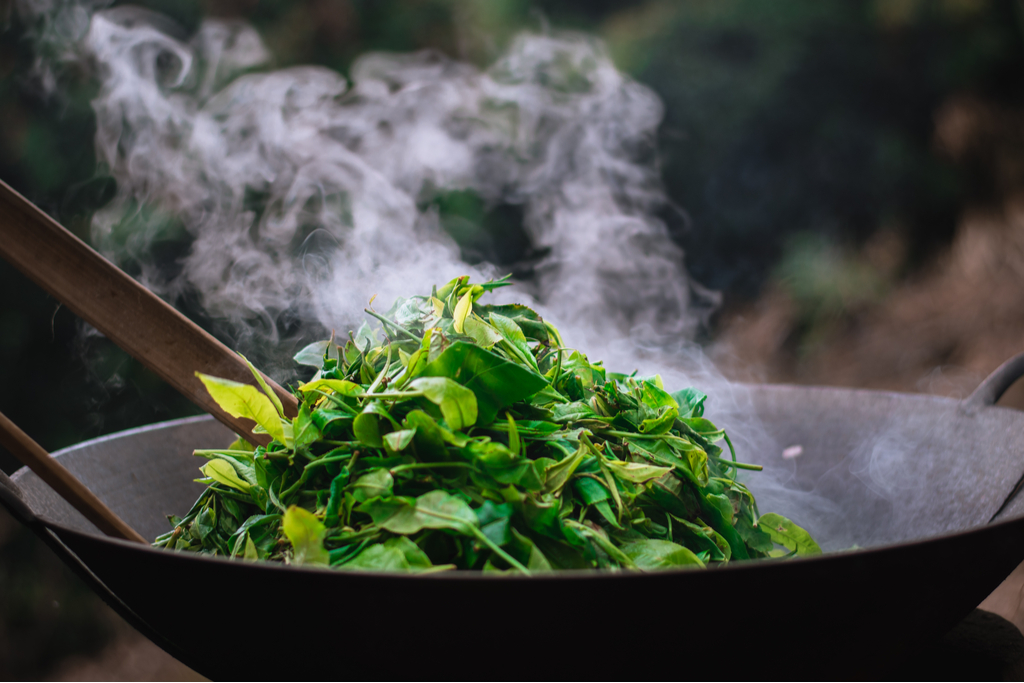green tea, shizuoka
Makinohara: The Largest Tea Estate in Asia
Jenna Wilson
Posted on September 03, 2021
Share:

Located in Shizuoka with the striking view of Mt. Fuji in the background, many people have unknowingly seen the tea plantations of Makinohara. As one of 8 tea regions in the prefecture, the vivid green rows of tea leaves are about as picturesque as it gets. And in this small city, it’s all about the tea.
It likely is no surprise to anyone that Japan absolutely adores tea. But Japanese consumers are especially motivated to actively seek out local blends. Morestill, tea is a popular souvenir since many regions across the country produce their own variety, along with many other Japanese staples, such as miso paste, sake, and rice.

However, in terms of tea production, there is one region in particular that is synonymous with green tea: Shizuoka. Not to be confused with matcha, the highest quality green tea which is mainly grown around Kyoto, Shizuoka specializes in the green tea for everyday life, such as genmaicha and sencha.
Providing Tea for a Nation

Although the city of Makinohara is only home to about 45,000 residents, the plantation stretches far and wide. The fields stretch for over 20 kilometers, extending all the way to the Pacific Ocean and cover an incredible 12,000 acres (5,000 hectares). In fact, it covers such a large area that it is actually the largest tea estate in all of Asia. In the town of Makinohara, life revolves around tea, with the fragrant aroma permeating the air, and life in the area is in tune with the tea picking season.
Discover Japan’s rich culture via its regional culinary traditions: Sakuraco sends traditional sweets & snacks from across Japan to your door.
History of the Area
Although tea cultivation has taken place in Japan for thousands of years, Makinohara has a relatively more recent history. The area was developed during the Meiji Restoration (1868 – 1912) after the fall of the Tokugawa Shogunate. Japan was rapidly developing in an effort to turn the country into an industrialized nation. This involved finding more efficient ways to produce crops, but also to lay down transportation routes that connected different parts of the country.

Due to these technological advancements, Makinohara Plateau was able to amp up tea production and now currently cultivates 30% of all tea from Shizuoka. A very impressive feat.
| Did you know? At the fall of the Shogun, many samurai suddenly found themselves without a job. As a result, some ended up cultivating the previously devastated land of Makinohara into a profitable tea business that is still going strong. |
Blends of Tea

While Makinohara produces many different types of sencha, the region is particularly famous for the fukamushi variety of tea leaves. The name, which means “deeply steamed”, refers to the special process these tea leaves undergo. The tea is grown at a lower altitude and steamed 2 to 3 times longer than regular sencha in order to produce a milder, sweeter flavor. This is necessary because the leaves are thicker and darker from the higher amount of sunlight the area enjoys compared to other tea-growing regions.
Touring the Plantation
As more and more people are interested in how food gets from farm to table, tours of agricultural areas are becoming more easily available. And Makinohara is no exception. From April to October, which is the growing and picking season, visitors can tour the fields to learn about the cultivation as well as the roasting and steaming processes.
Time for Tea
While touring the tea fields is certainly a highlight of visiting Makinohara, there is also the delight of sampling the final result. While the tea produced is the main highlight, Shizuoka cuisine has found creative ways to introduce tea as an ingredient in a variety of dishes, some that are quite unexpected.

Cha-soba: Soba are buckwheat noodles often eaten cold with a broth dipping sauce. In this version, green tea powder is folded into the dough when the noodles are being formed. A popular side dish to soba is tempura: deep fried vegetables and seafood, and in this case, fried tea leaves are added to the selection.
You can also enjoy the darkest matcha gelato in the world, and a plethora of other green tea desserts, from chocolates, to cakes, to cookies, and more.
This month, indulge in the beautiful flavor of Makinohara fukamushi tea with green tea leaf cookies and green tea in dacquoise in Sakuraco’s October box: Flavors of Mt. Fuji.

Discover authentic flavors with Sakuraco
Get Sakuraco 

Discover authentic flavors with Sakuraco
Get Sakuraco 
Related Articles

Hatsumode: Why Is It Japan’s Most Important Tradition?
Hatsumode is the first visit to a shrine or temple in the New Year in Japan, and it is one of the country’s most important traditions. Every year, millions of people participate, demonstrating the profound connection between this custom and daily life.

Japanese Fish Bait: The Beautiful Art of Kebari
Kebari are traditional hand-tied flies used for freshwater fishing in Japan, especially in mountain streams where small insects form the main diet of native fish. Instead of bright plastic lures, kebari use feathers, thread, and natural materials to create subtle movements in the water.

Japan Holidays Guide: Relax, Explore, and Delight in Festive Fun
As the year draws to a close, everywhere buzzes with preparations for the holidays, and Japan is no exception. Despite the cold winter weather, you can feel warmth in the scenery, decorations, and festive activities across the country. Let’s explore the unique experiences of holidays in Japan that many people dream of enjoying at least once in their lifetime!

Tokyo Gardens: Five Beautiful Traditional Japanese Gardens to Visit
Tokyo gardens offer a relaxing escape for visitors looking to get a breath of fresh air. However, Tokyo has more than just the typical gardens we see in the West. Let’s explore five traditional Japanese gardens and what makes them unique!


